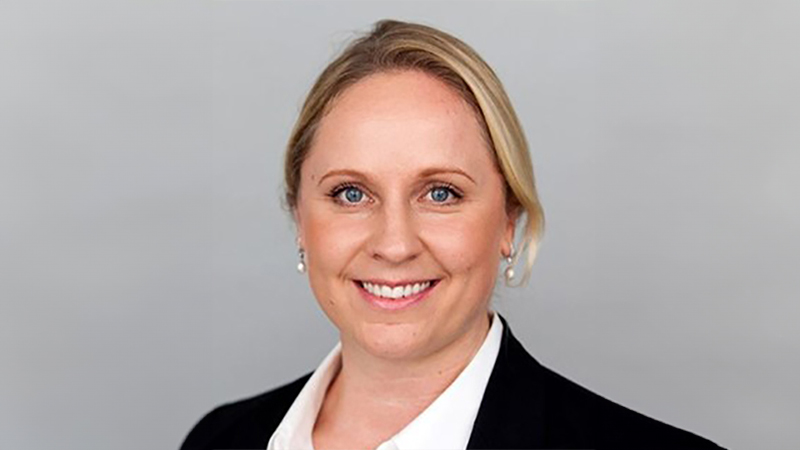Investor exposure to the global tech sector has collapsed to its lowest level since February 2009, according to the latest Bank of America Merrill Lynch (BofAML) global fund manager survey.
The research, which surveyed 225 investors representing more than $640bn assets under management, revealed only 18% of investors are overweight the global tech sector, down from 25% the previous month.
However, long Faang (Facebook, Amazon, Apple, Netflix, Google) and Bat (Baidu, Alibaba and Tencent) topped the list of most crowded trades cited by investors for the 10th straight month (29%), followed by short US treasuries (25%) and long USD (22%).
Gloomy growth
The survey found investors were gloomy on world economic growth prospects, with 44% of respondents expecting a deceleration in the coming year, the worst outlook since the 2008 financial crisis.
A trade war (35%) was named as the biggest “tail risk” for investors for the sixth month in a row, followed by central bank policy tightening (26%) and a China slowdown (14%).
However, despite the dour outlook, only 11% said they expect a global recession next year.
Looking ahead, investors said the best performing assets in 2019 will be non-US equities (45%) and the S&P 500 (17%). Worst performing assets will be corporate bonds (25%) and government bonds (24%).
Investors also ranked the US as the most favoured equity region, predicting the S&P 500 index to rise another 12% before peaking.
In response to a question on what level the S&P 500 would peak in the current bull run, investors pointed to 3,056, up 12% from today’s level. But a third of respondents said the market had already peaked.
Bearish view
BofAML said the research revealed investor positioning does not yet signal ‘The Big Low’ in asset markets, adding this is likely to be in Q2 2019 at the earliest. The bank’s ‘Bull & Bear Indicator’ was also at 3.1, revealing no “extreme bear” contrarian buy signal.
Additionally, investors said they are waiting for 3.7% on 10-year treasury yield before rotating from stocks into bonds.
Elsewhere, the cash level fell to 4.7% in November from 5.1% the month before, hovering just above neutral and above the 4.5% average for 10 years.
The report said investors remain bearish and the cash rule – buy when cash is above 4.5% and sell when it is below 3.5% – has been in “buy” territory for the past nine months.
Michael Hartnett, chief investment strategist at the BofAML, said: “We remain bearish, as investor positioning does not yet signal ‘The Big Low’ in asset markets.”










